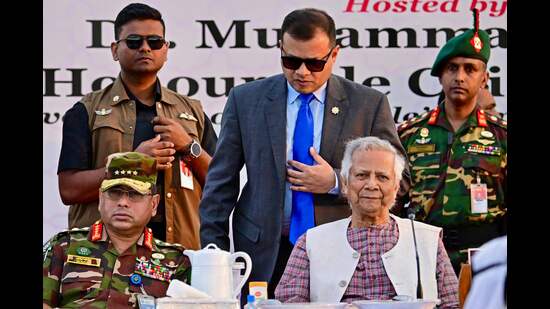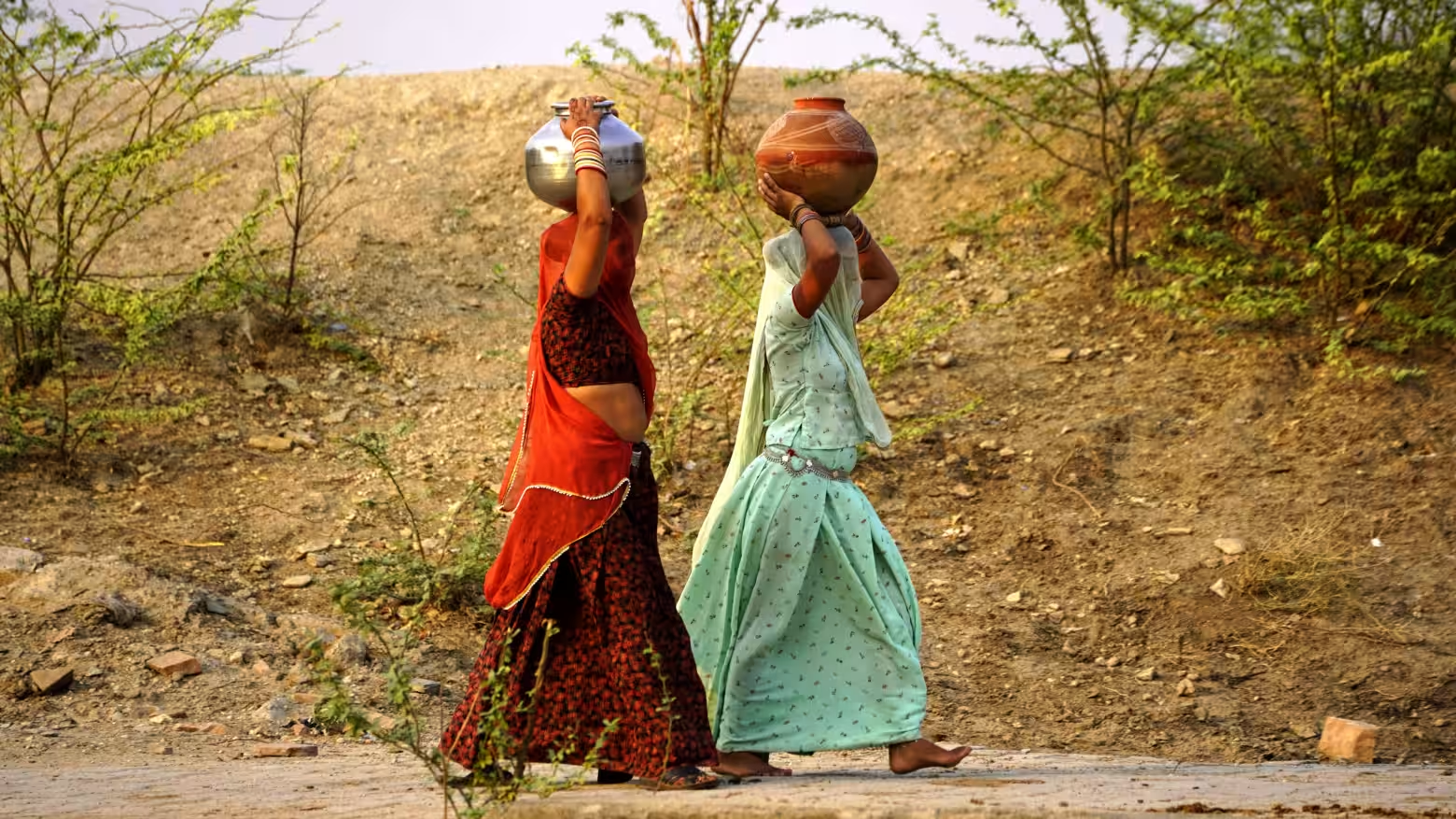Prof. Syed Munir Khasru
The Indian Express
July 12, 2024
Link: https://indianexpress.com/article/opinion/columns/bangladesh-indo-china-sheikh-hasina-9448869/
__________________________________________
Bangladesh’s foreign policy features a careful balancing act between the two regional powerhouse, India and China. Aimed at maximising economic benefits while maintaining strategic interests, this policy has been put to the test in recent years. However, the outcomes of Prime Minister Sheikh Hasina’s visit to China this week, her fifth as PM and the first in five years, suggest that the balancing act may not be yielding the anticipated results, particularly meeting expectations from Beijing.
Economic ties
Bangladesh-China relations have been primarily driven by economic cooperation, with China being Bangladesh’s largest trading partner for 13 consecutive years. By 2023, Chinese investments in Bangladesh reached $3.2 billion, making it the country’s second-largest source of foreign investment. China’s contribution to infrastructure development is significant — it includes seven railway projects, 12 highways, 21 bridges, and 31 power stations. These have bolstered Bangladesh’s infrastructure development and economic growth. However, the relationship’s evolution suggests a more complex picture, challenging the notion of a well-balanced foreign policy.
Recent initiatives
This week’s visit has resulted in the signing of 21 instruments, including three renewed MoUs with the relationship elevated from a “strategic partnership” to a “comprehensive strategic cooperative partnership”. While appearing positive on the surface, it raises questions on the practical implications for Bangladesh’s relationship with India, the other regional player.
During the visit, Chinese Premier Li Qiang announced $1 billion in economic assistance as Prime Minister Hasina invited increased Chinese investment in Bangladesh’s special economic zones and the Bangabandhu Industrial Park, allocating an export-processing zone specifically to Chinese investors. PM Hasina also attended a trade and investment summit where 16 MoUs in sectors like textiles, electric vehicles, solar power, and financial technology were signed, with nearly $500 million investments resulting from four agreements.
China’s commitment to continue zero-tariff treatment for 98 per cent of Bangladeshi goods beyond 2026, support for Bangladesh’s development initiatives, and encouraging Chinese investments in various sectors indicate an intensifying economic relationship. These developments, coupled with China’s mediation in the Rohingya refugee issue, highlight the increasing depth and breadth of China-Bangladesh relations, potentially complicating
Bangladesh’s efforts to maintain a balanced approach between China and India.
Navigating through South Asia’s complex geopolitical landscape, PM Hasina showed a notable tilt towards India with two visits to New Delhi in rapid succession. Her presence at Prime Minister Modi’s swearing-in ceremony on June 9, followed by a two-day state visit within less than two weeks, underscores growing ties between the neighbours. A flurry of Indian engagements, occurring before Hasina’s planned trip to Beijing, suggested a calculated prioritisation of Bangladesh-India relations.
Regional dynamics and water diplomacy
Moreover, the Beijing visit occurred against a backdrop of regional tensions over territorial disputes and resources. The Teesta River project has emerged as a critical test of Bangladesh’s ability to manage its strategic positioning with the two Asian giants. India’s recent proposal to finance the Teesta River restoration and management project comes against the backdrop of China’s existing offer of financial and technical support for the same.
This development has brought the competing interests of Beijing and New Delhi into sharp focus, potentially setting the stage for increased regional rivalry.
Bangladesh Foreign Minister Hasan Mahmud’s statement that Bangladesh would prioritise considering India’s proposal, given that the Teesta is a river that runs through both Bangladesh and India, underscores the delicate balance that the former has to maintain, weighing geographical proximity and historical ties with India against the economic leverage with China. The project is not just a matter of water resource management, but a litmus test for Bangladesh’s ability to navigate the complex waters of regional geopolitics while safeguarding its national interests and maintaining cooperative relationships with both the giants.
Geopolitics of domestic politics
The characterisation of India as a “political friend” and China as a “friend for attaining development” encapsulates the nuanced approach Bangladesh has attempted to maintain. This distinction may become increasingly difficult to uphold as geopolitical tensions rise and economic interests intertwine with domestic politics and resulting difficult strategic choices for Bangladesh.
Prior to Bangladesh’s recent elections, China advocated non-interference in Bangladesh’s domestic affairs, a veiled message to the US and its allies to refrain from interfering in Bangladesh’s internal politics. Similarly, India articulated a nuanced position on Bangladesh’s democratic process during the high-level “2+2” foreign and defence ministerial dialogue last September with the US. Indian Foreign Secretary Vinay Mohan Kwatra, during a post-dialogue press briefing, stated, “The election in Bangladesh is their internal matter, and it is for the people of Bangladesh to decide their future.”
In a way, this echoed the Chinese position in support of the incumbent government. But these seemingly supportive declarations from two rival powers have also created a challenge for Bangladesh’s foreign policy at the intersection of competing regional interests.
The tricky road ahead
Bangladesh’s Indo-China balancing act is increasingly encountering unforeseen challenges. While economic cooperation with China has brought development dividends, it has also raised concerns about debt dependency and strategic vulnerability. The evolving geopolitical landscape in South Asia and the Indo-Pacific region has made Bangladesh’s neutral stance increasingly difficult to maintain. The country finds itself navigating complex issues like regional security, water rights, and economic integration, with potential to strain its relationships with the two giants.
As Bangladesh moves forward, it may need to reassess its foreign policy strategy, as striking a perfect balance between India and China may prove increasingly elusive. A nuanced approach that prioritises Bangladesh’s long-term interests while maintaining flexible, issue-based alignments could be more effective. Bangladesh’s dilemma and experience underscore the challenges faced by smaller nations in regions dominated by competing powers. Among others, it will require astute diplomacy, economic diversification, and a clear vision of national interests to navigate the complex waters of regional and global geopolitics in the 21st century.




0 Comments